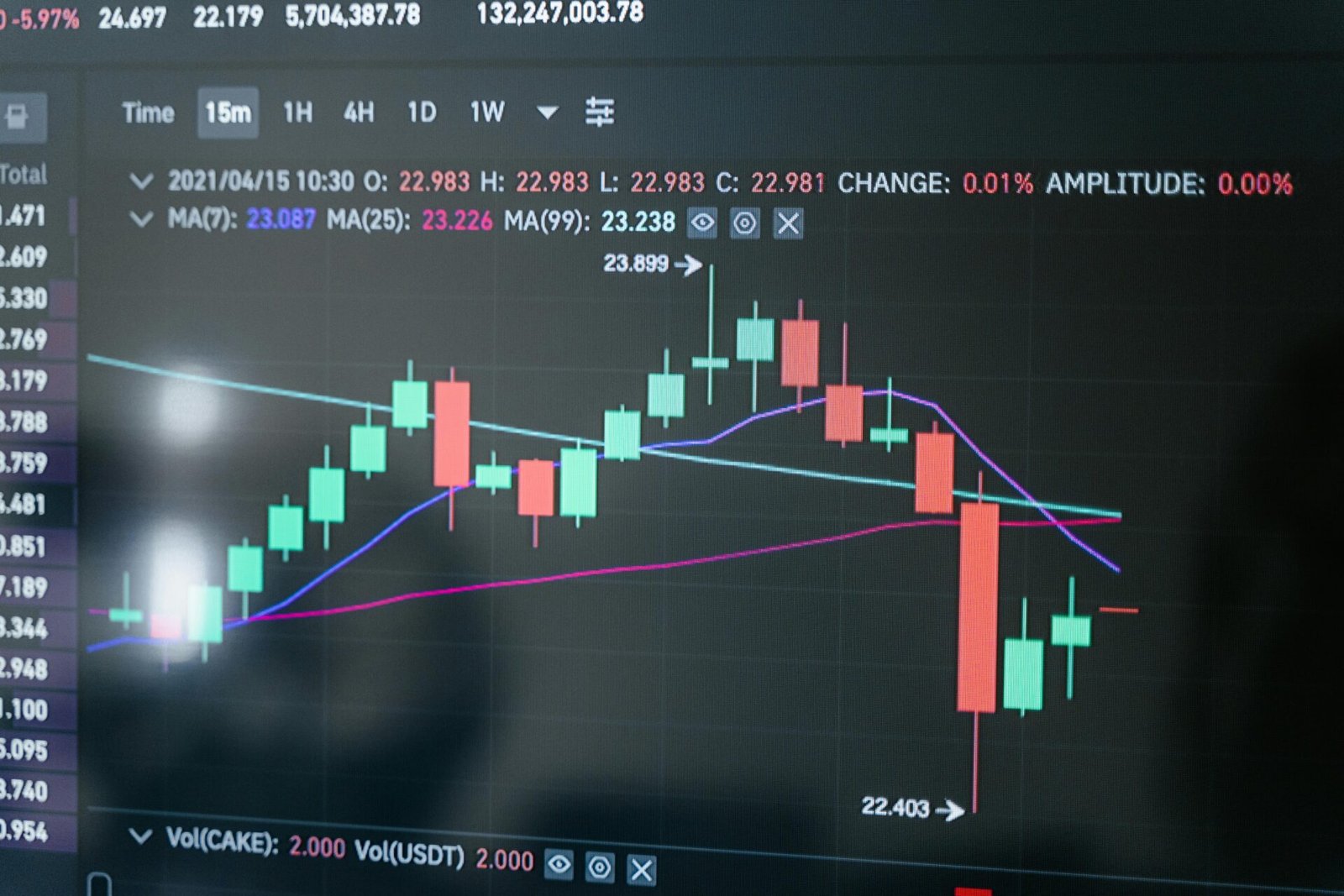Swing trading can be a rollercoaster ride, filled with ups and downs, but having the right tools can make all the difference. One such tool that has gained popularity among traders is the Stochastic Oscillator. This powerful indicator can help you identify potential buy and sell signals, making it a favorite for those looking to capitalize on short-term price movements.
What is the Stochastic Oscillator?
At its core, the Stochastic Oscillator is a momentum indicator that compares a particular closing price of an asset to its price range over a specific period. The primary idea behind this tool is that during an uptrend, prices tend to close near their highs, while in a downtrend, they close near their lows. This simple yet effective concept can provide valuable insights into market momentum and potential reversals.
The Basics of Stochastic
The Stochastic Oscillator consists of two lines: %K and %D.
- %K Line: This line represents the current closing price relative to the price range over a set number of periods. It usually moves faster and is more volatile.
- %D Line: This is a smoothed version of the %K line, typically calculated as a three-period moving average of %K. It acts as a signal line.

The values of these lines range from 0 to 100. Generally, readings above 80 indicate that an asset is overbought, while readings below 20 suggest it is oversold.
How to Use the Stochastic Oscillator for Swing Trading
Swing trading relies on capturing short to medium-term price movements, and the Stochastic Oscillator can provide crucial signals to help traders make informed decisions. Here’s how you can effectively use this indicator in your trading strategy.
Identifying Overbought and Oversold Conditions
One of the primary uses of the Stochastic Oscillator is to identify overbought and oversold conditions. When the %K line crosses above the 80 level, it signals that the asset may be overbought, suggesting a potential selling opportunity. Conversely, when the %K line drops below 20, it indicates oversold conditions, presenting a possible buying opportunity.
Divergence Signals
Divergence occurs when the price of an asset moves in the opposite direction of the Stochastic Oscillator. For instance, if the price makes a new high while the Stochastic fails to do so, this divergence can signal a potential reversal. Recognizing divergence can provide traders with early warning signs of trend changes, allowing them to adjust their positions accordingly.
Crossovers
Crossovers between the %K and %D lines can also provide actionable signals. A bullish signal occurs when the %K line crosses above the %D line, suggesting a potential buying opportunity. On the flip side, a bearish signal arises when the %K line crosses below the %D line, indicating a potential selling opportunity.
Setting Up Your Stochastic Oscillator
To start using the Stochastic Oscillator, you’ll need to set it up on your trading platform. Most platforms offer this indicator as a standard feature. Here’s a quick guide to get you started:
- Select the Indicator: Open your trading platform and navigate to the indicators section. Look for the Stochastic Oscillator and add it to your chart.
- Adjust Settings: The default settings are typically 14 periods for %K and 3 periods for %D. However, you can adjust these settings based on your trading style. Shorter periods may provide more signals but can also generate more noise.
- Choose Timeframes: Swing traders often use the 1-hour or 4-hour timeframes, but you can experiment with different timeframes to see what works best for your strategy.
Combining Stochastic with Other Indicators
While the Stochastic Oscillator is powerful on its own, combining it with other indicators can enhance its effectiveness. Here are a few popular pairings:
Moving Averages
Integrating moving averages can help smooth out price action and provide additional context to Stochastic signals. For example, if the Stochastic indicates an overbought condition while the price is above a moving average, it may strengthen the case for a potential reversal.
RSI (Relative Strength Index)
The RSI is another momentum indicator that can complement the Stochastic Oscillator. Using both can help confirm signals. For instance, if both indicators show overbought conditions, it increases the likelihood of a price correction.
Support and Resistance Levels
Identifying key support and resistance levels can add another layer of analysis. If the Stochastic indicates an overbought condition near a resistance level, it may signal a stronger potential reversal than if it were occurring in open space.
Common Mistakes to Avoid
Even though the Stochastic Oscillator is a valuable tool, many traders make mistakes when using it. Here are some common pitfalls to watch out for:
Ignoring Market Context
One major mistake is using the Stochastic in isolation without considering overall market trends. Always analyze the broader market context before making trading decisions.
Overtrading
The Stochastic Oscillator can generate numerous signals, leading to overtrading. It’s essential to filter signals and wait for confirmation before entering trades.
Misinterpreting Divergence
Divergence is a powerful signal, but it doesn’t guarantee a reversal. Always consider other factors and confirm with additional analysis before acting on divergence signals.
Conclusion
The Stochastic Oscillator is an incredible tool for swing traders looking to enhance their strategies. By understanding its mechanics and applying it effectively, you can identify potential buy and sell opportunities with greater confidence.
Always remember, trading carries risks, and no indicator can guarantee success. Combine the Stochastic with solid risk management practices and a well-rounded trading plan for the best results.




